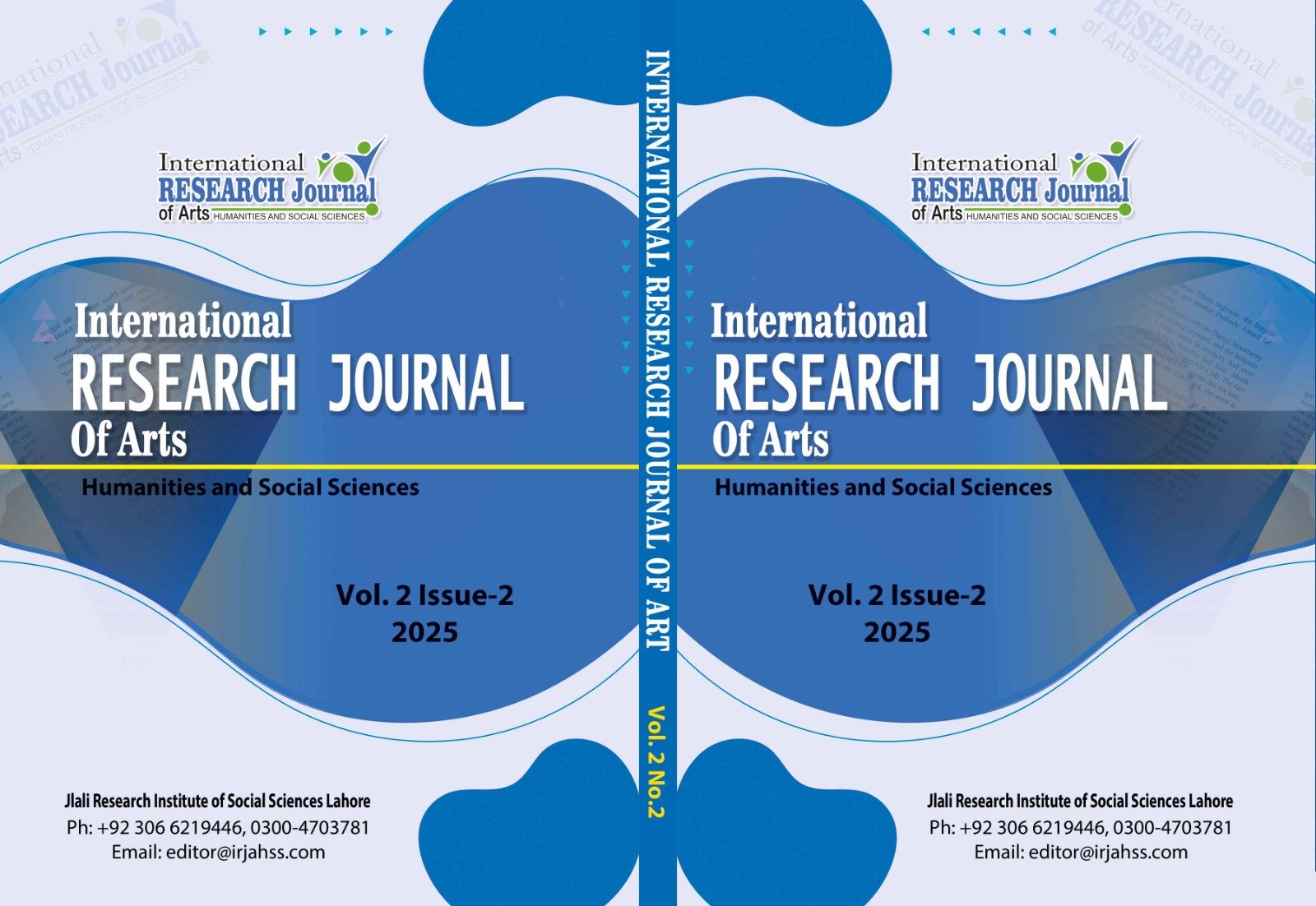Linguistics Variations in Teaching Learning Process: An Analytical View of Education System in Central Asian Republics
Abstract
This paper looks at the language contexts and script modifications in Central Asian Republics (CARs, henceforth) during the Soviet Union as well as following their independence. It looks at how the Russian language fits within the Central Asian education system, particularly in higher education. Following their independence, these governments had several language changes, particularly script modifications, which presented numerous difficulties and led to numerous disparities in schooling due to minimizing Russian from their countries. Since the majority of higher education in Central Asian nations still relies on Russian instruction, the removal of the Russian language from the curriculum generated numerous issues in every state, especially for young people just beginning their higher education. In order to prepare their younger population for higher education at universities or for travel to Russia for employment or study purposes, these republics began pushing the Russian language again in their educational systems ten years after gaining their independence. The language and script developments in the CARs during various post-independence periods, as well as the difficulties that each state encountered independently, are the main topics of this study. The purpose of this research is to compare how the Russian language is taught and revived in the educational systems of Central Asian countries after their independence.
Downloads
Downloads
Published
Issue
Section
License
Copyright (c) 2025 International Research Journal of Arts, Humanities and Social Sciences

This work is licensed under a Creative Commons Attribution 4.0 International License.
Disclaimer: The International Research Journal of Arts, Humanities and Social Sciences (IRJAHSS) upholds the principles of open access, ensuring unrestricted access to scholarly content to foster the sharing and advancement of knowledge. The opinions expressed in the articles solely belong to the authors and do not necessarily reflect the views or policies of the journal's editorial team, editorial board, advisory board or research institute.






